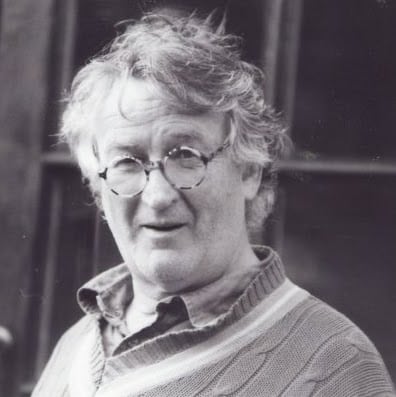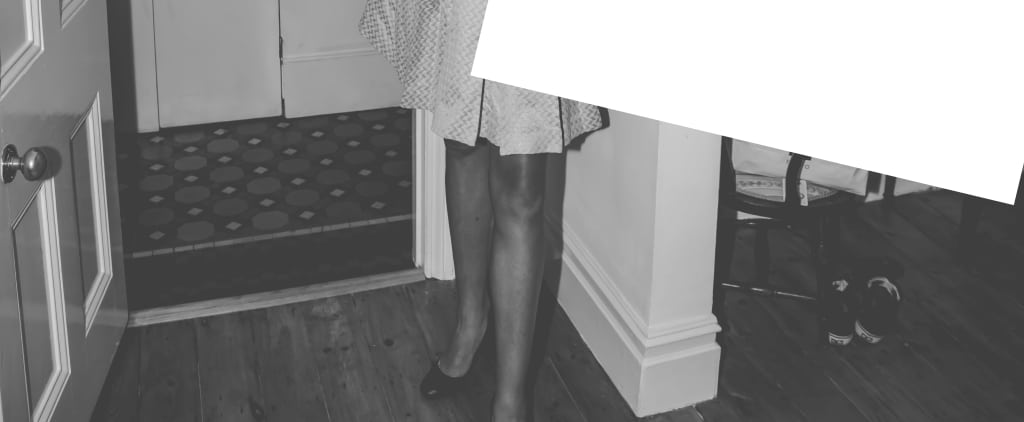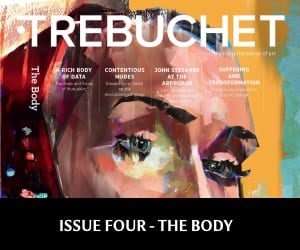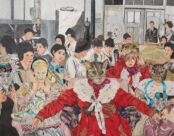“There is something very odd, even unnerving about cutting through a photograph,” [John Stezaker] says. “It sometimes feels like I am cutting through flesh.” (O’Hagan, 2018)
I
What is a picture? Pictures, on the face of it, seem quite natural, in need of no explanation. After all, children begin to recognise and even make pictures with little difficulty. (Perspective comes later.) And so one of the problems facing a philosophy of depiction is explaining the materiality of pictures against the presence of the image evoked. It’s not just that pictures have surfaces. It’s that those surfaces are part of what we see when we see what is depicted in them. And why should that matter?
Here goes. Pictures are various. There are photographs, line drawings, diagrams, paintings, tonal drawings, hieroglyphs and pictograms. There are moving pictures (in both colour and black and white), cartoons, reliefs, bank notes, coins and live-screen coverage of football matches. There are various projective systems of rendering space: perspective, orthogonal, isometric, axonometric, and so on. What they all have in common is that a two-dimensional surface gives access to a three-dimensional world, either imagined or real. Some pictures (those that give access to the real world) are used as evidence and can be called upon for various reasons: in courtrooms or at the racetrack, for instance. Others, imaginary pictures, remain puzzling because they picture worlds that do not exist. We seem to see, in imaginary pictures, things that have no material counterpart in the real world. If, however, we could start to think about what it is for a two-dimensional piece of white paper, with dark lines arranged across its surface, to give us the experience of looking at a face, we will have come closer to an explanation of pictures that could range over all pictorial representations, real or imagined.
“[I]t is useful to introduce the idea of a picture-object. For instance
J
would be a ‘picture-face.’
In some respects I stand towards it as I do towards a human face. I can study its expression, can react to it as to the expression of the human face. A child can talk to picture-men or picture-animals, can treat them as it treats dolls.” (Wittgenstein 1953, 194e)
For children, picture-men are embedded in the pictures at which they look or which they make. Embedded and embodied. For a child treats a doll as a living creature, responding to the doll as they would a human being, and pretending the doll responds to them. Roman Catholics believe in the imminence of saints: the presence of the saint in the statue to whom they pray for intercession. Saints, for such believers, are embodied in plastic, marble, plaster or picture.
II
In fact, depiction presents two problems. The first and most basic is a logical problem. What is a picture and how do pictures represent? The second is an aesthetic problem. What is it for a pictorial representation to be a beautiful work of art? This second problem is, manifestly, dependent upon a solution to the prior, logical, problem. It is, so to speak, infected by a philosopher’s conception of the logical status of pictures. Treading as lightly round the logic of pictures as I possibly can, I would like to offer a few remarks. In the first place, Wittgenstein’s work on aspect-seeing is fundamental to the way in which we might best describe the phenomenology of seeing pictures. It best describes what it is like (subjectively) to see a flat expanse of marked surface and to undergo the experience of seeing a three-dimensional world in that surface. Imagination is required to see a suitably marked surface and to further see the face of a friend, or a great sea battle, or an arrangement of fruit with a bottle of wine, or a saint going about his or her miracle-making. In his book Consciousness and the World, Brian O’Shaughnessy writes,
“[Depiction] consists in seeing expanses of colour in such a way that, while remaining expanses of colour for one, they simultaneously in a special imaginative sense bring a landscape into view.” (O’Shaughnessy, 2000)
It is the ‘remaining expanses of colour for one’ that shapes a conception of looking at aesthetic pictures and finding them beautiful. O’Shaughnessy is dealing with the logical problem in his book, but that conception of what pictures are and how they represent has implications for aesthetics. It rules out illusionism from the start. For undergoing an illusion is to have the flat expanses of colour removed from the experience, so that the experience would have to be characterised as a face-to-face ‘seeing’ of the landscape brought into view.
But where does that lead us…
Read this article in full in Trebuchet 4 – The Body

Ed studied painting at the Slade School of Fine Art and later wrote his PhD in Philosophy at UCL. He has written extensively on the visual arts and is presently writing a book on everyday aesthetics. He is an elected member of the International Association of Art Critics (AICA). He taught at University of Westminster and at University of Kent and he continues to make art.





















